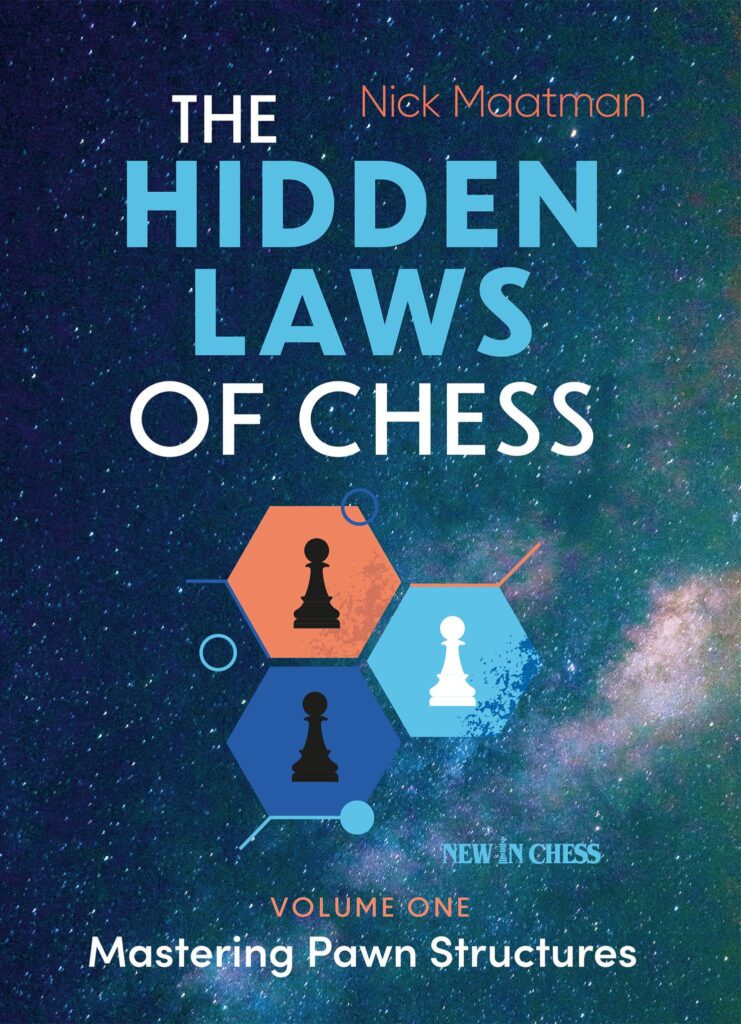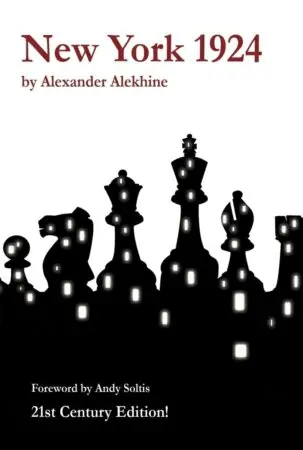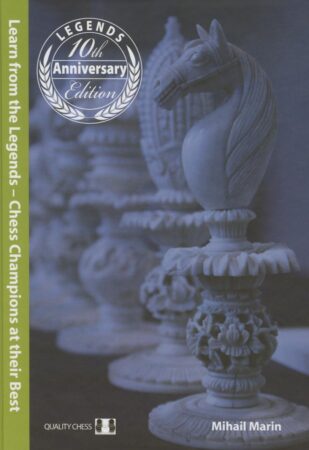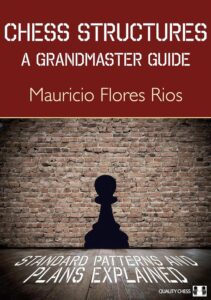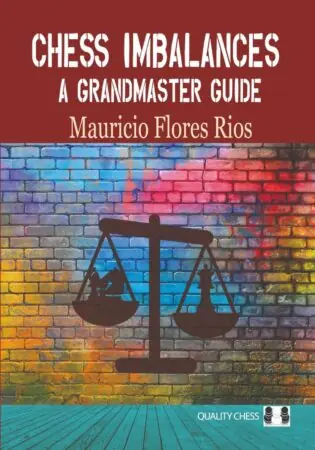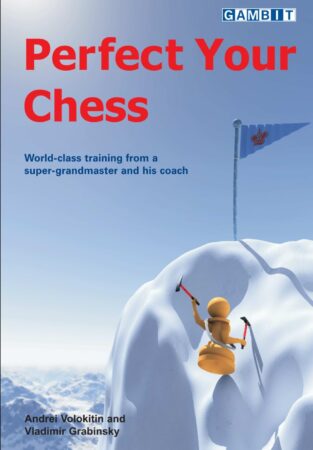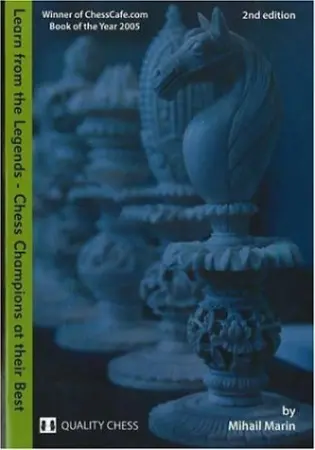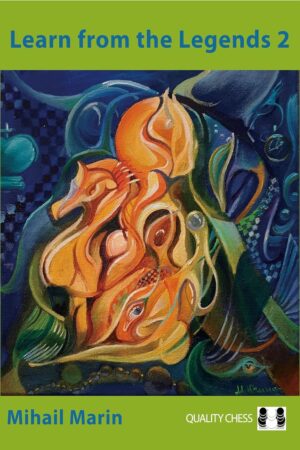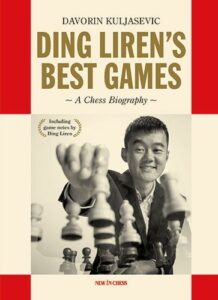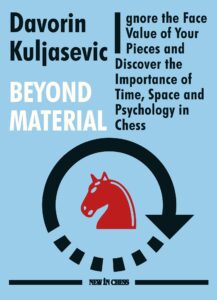The Hidden Laws of Chess is a middlegame manual that will help players with an already good understanding of positional concepts advance to the next level. It’s a guide on how to think about positions based on the pawn structure, the essence of any complex position, and to recognize what has to be done, and how and when it should be done. Grandmasters don’t calculate 20 moves deep, nor do they possess superpowers that enable them to win over amateurs. What makes them strong is their ability to focus on what’s most important very quickly. They do that based on the features of the pawn structure.
The Hidden Laws of Chess is a book that teaches you exactly that – how to know what to look at and what to look for in a chess position. It goes way beyond simple concepts, and delves deep into complex problems such as evaluating a space advantage, how to make a difference when positions are symmetrical, how to find value in doubled pawns, and much more.
The book is divided into seven sections, each on an important positional theme, or type of position; Space Advantage, Doubled Pawns, Backward Pawn, Isolated Pawn, Hanging Pawns, Closed Positions and Symmetrical Positions.
Each theme is explained in a way a beginner could understand it with ease, and yet a Master level player could find a lot of useful information too. They are accompanied by problems for readers to solve, example positions and well annotated games, and, my favorite part, a summary of important concepts for each type of position Maatman calls The Hidden Laws of Hanging Pawns, or whatever type of position he is covering. Those short summaries are invaluable, and they alone make this an exceptionally useful book.
As opposed to Rios’ book on structures, or Aagaard’s Positional Play, The Hidden Laws of Chess explains structures without focusing on specific openings or on calculation. It highlights purely positional themes, and patterns applicable at any level, in any structure.
The Hidden Laws of Chess is intended for strong players who are trying to make a leap to Master level. But. Most lower rated players will have no trouble understanding what Maatman explains, which is why I believe this should be a must-read for any ambitious player, regardless of their strength.
It’s an easy read, and, apart from the puzzle positions at the end of each chapter, I went through it without using a board. Even though I have been studying positional concepts for several years, and even though I had gone through several books on positional play during that time, I feel like reading The Hidden Laws of Chess improved my understanding of pawn structures significantly. It’s hard to point a finger at what exactly I found most useful. Perhaps it’s Maatman’s writing style and how the book is conceptualized. Grasping what he explains feels effortless. I think this may be the best book on understanding important structural imbalances ever written.

